Allisonkitten - Here, Have Some Space
More Posts from Allisonkitten and Others
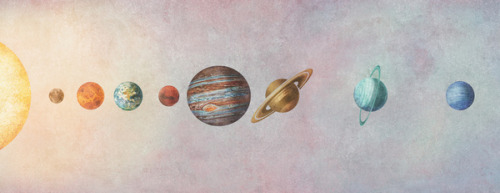
Yep haha

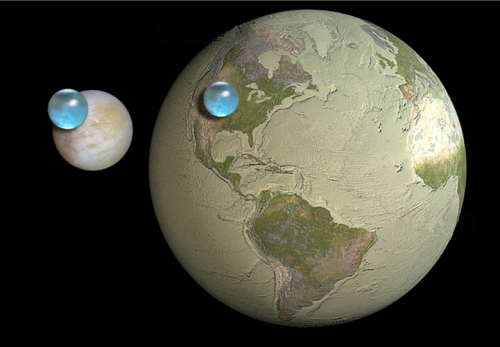
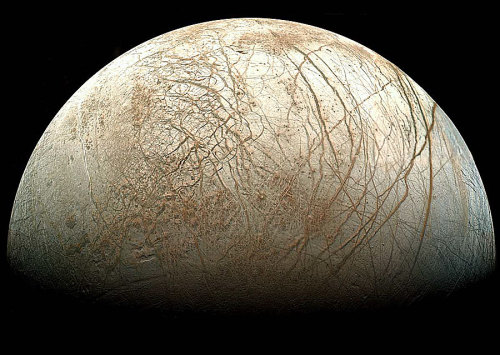
Life on an Icy Moon
Jupiter’s moon Europa is the size of the Earth’s moon, and yet it holds more than twice as much water as all of Earth’s oceans combined. Europa’s salty ocean covers the entire surface, and the crust is completely frozen over because the moon is 780,000,000 km from the sun and has an average temperature of -160 degrees Celsius. The icy moon’s orbit is eccentric, orbiting in an oval instead of a circle, and so Jupiter’s enormous gravitational pull constantly squeezes and stretches the moon, creating constant motion and likely the surface cracks too. This tidal heating generates warmth, which creates a significant chance that this distant ocean is harboring life. Radiation from Jupiter’s magnetosphere could destroy life at shallow depths, but new research suggests that there’s oxygen available in the subsurface ocean that could support oxygen-based metabolic processes. Scientists must now determine how deep such organisms must hide in order to avoid radiation, and therefore how deep we need to go to find them. The icy crust might be hundreds of metres or even kilometres thick, and so sending a probe through the surface would be difficult, but we have to try, because Europa is one of the best potential sources for extraterrestrial life in the solar system.
Read more—could the oceans be too acidic for life?
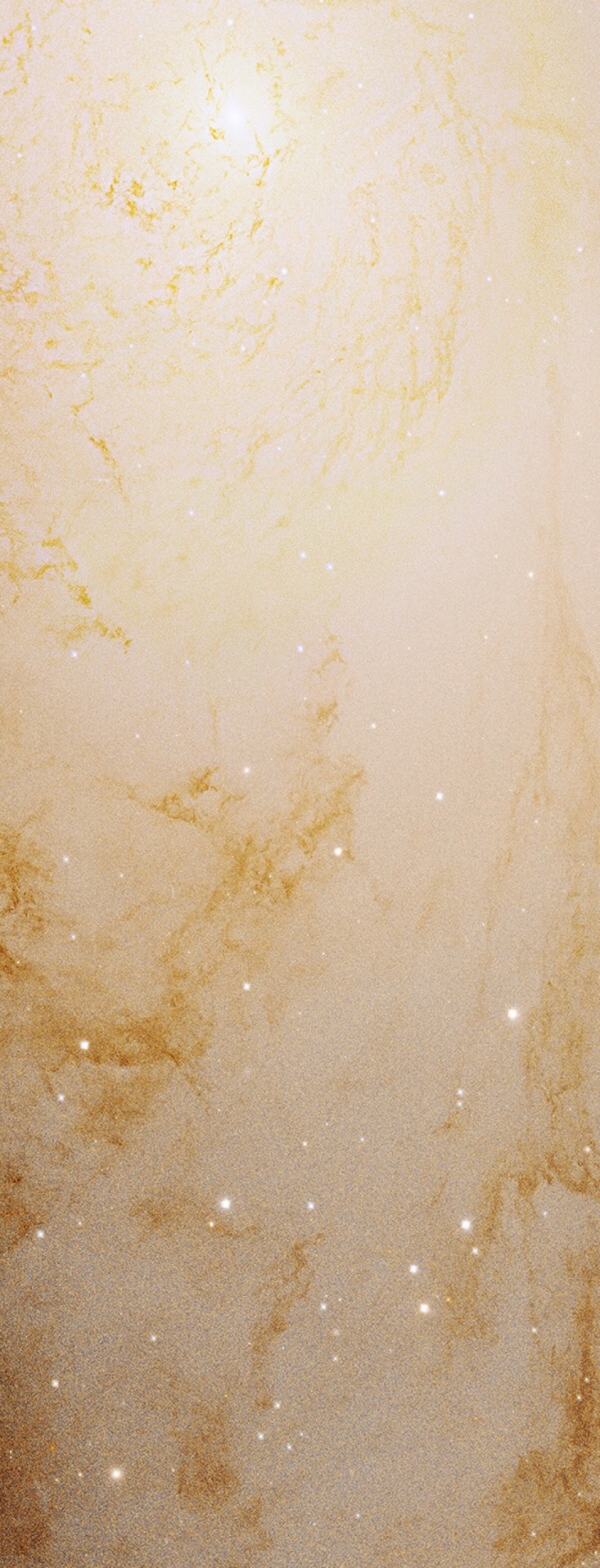
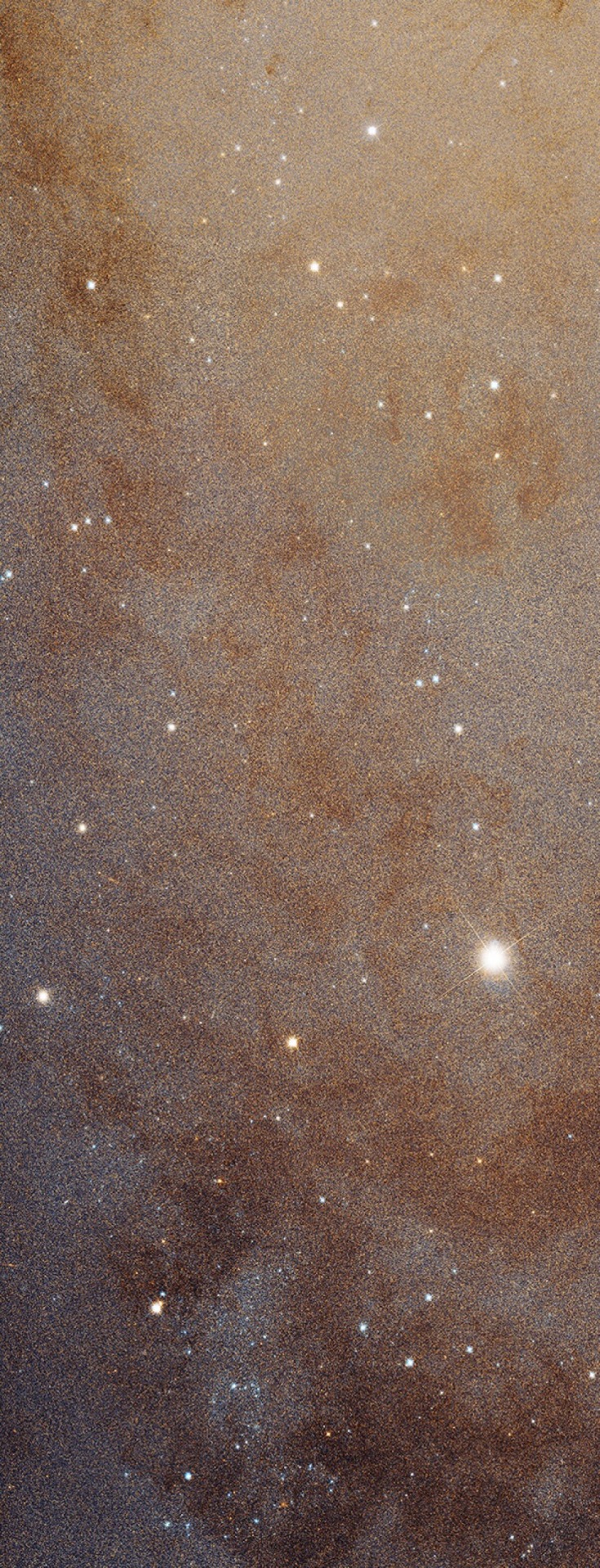
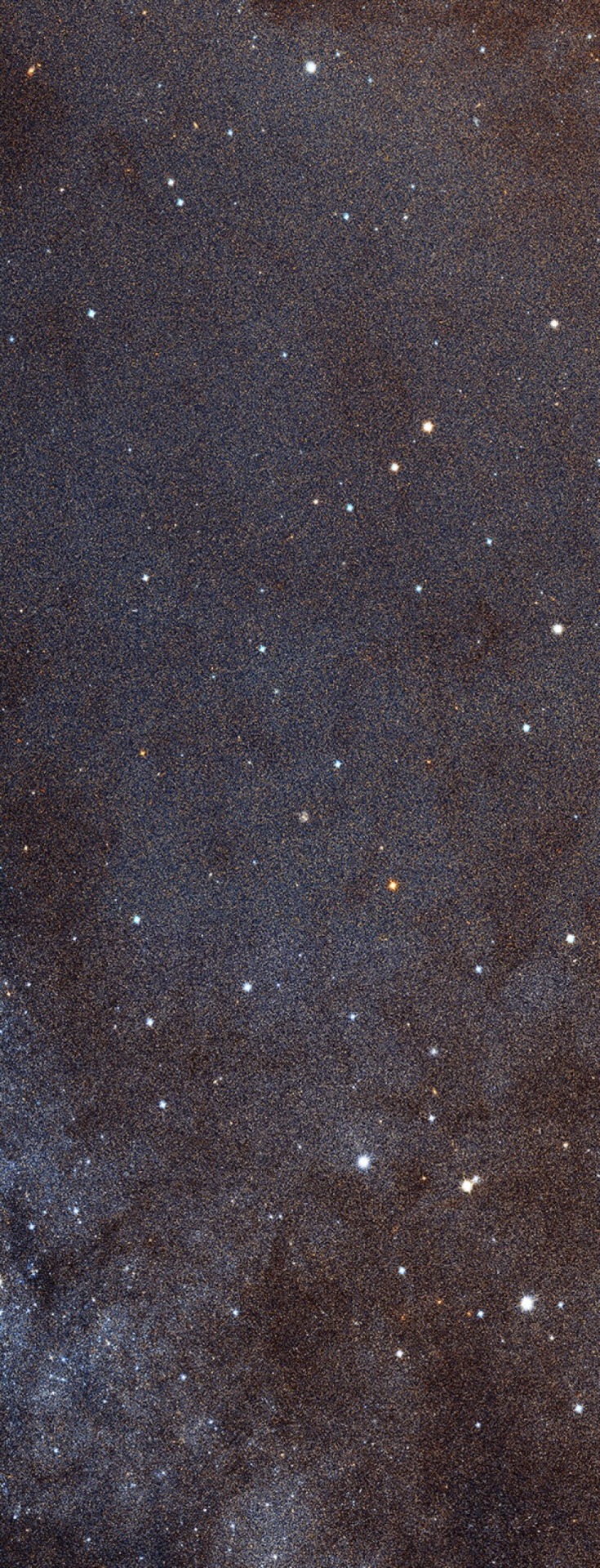
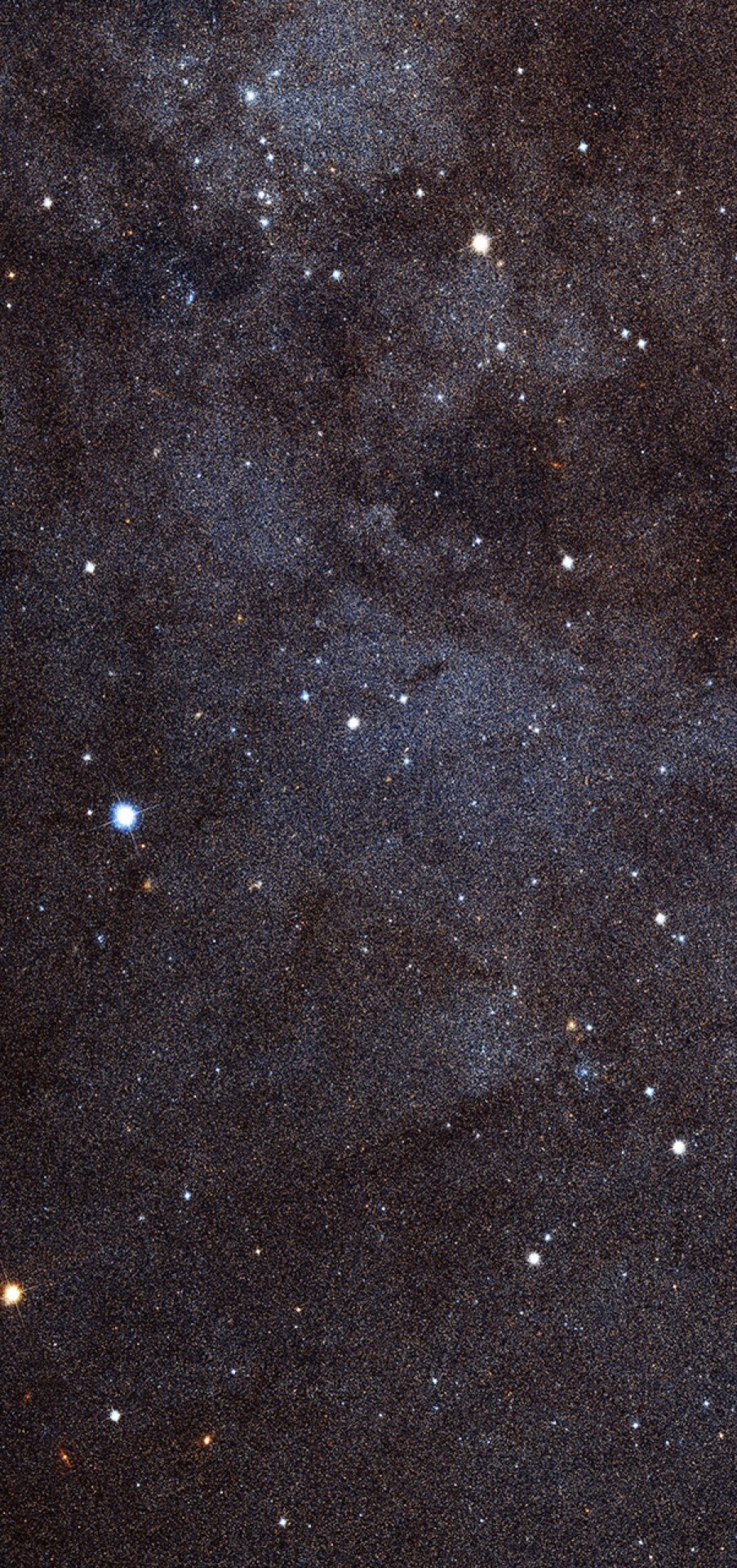
You just scrolled over a high-res segment of the Andromeda galaxy.
Juno Spacecraft: What Do We Hope to Learn?

The Juno spacecraft has been traveling toward its destination since its launch in 2011, and is set to insert Jupiter’s orbit on July 4. Jupiter is by far the largest planet in the solar system. Humans have been studying it for hundreds of years, yet still many basic questions about the gas world remain.

The primary goal of the Juno spacecraft is to reveal the story of the formation and evolution of the planet Jupiter. Understanding the origin and evolution of Jupiter can provide the knowledge needed to help us understand the origin of our solar system and planetary systems around other stars.

Have We Visited Jupiter Before? Yes! In 1995, our Galileo mission (artist illustration above) made the voyage to Jupiter. One of its jobs was to drop a probe into Jupiter’s atmosphere. The data showed us that the composition was different than scientists thought, indicating that our theories of planetary formation were wrong.
What’s Different About This Visit? The Juno spacecraft will, for the first time, see below Jupiter’s dense clover of clouds. [Bonus Fact: This is why the mission was named after the Roman goddess, who was Jupiter’s wife, and who could also see through the clouds.]

Unlocking Jupiter’s Secrets
Specifically, Juno will…
Determine how much water is in Jupiter’s atmosphere, which helps determine which planet formation theory is correct (or if new theories are needed)
Look deep into Jupiter’s atmosphere to measure composition, temperature, cloud motions and other properties
Map Jupiter’s magnetic and gravity fields, revealing the planet’s deep structure
Explore and study Jupiter’s magnetosphere near the planet’s poles, especially the auroras – Jupiter’s northern and southern lights – providing new insights about how the planet’s enormous
Juno will let us take a giant step forward in our understanding of how giant planets form and the role these titans played in putting together the rest of the solar system.
For updates on the Juno mission, follow the spacecraft on Facebook, Twitter, YouTube and Tumblr.
Make sure to follow us on Tumblr for your regular dose of space: http://nasa.tumblr.com
It's true I'm a sucker
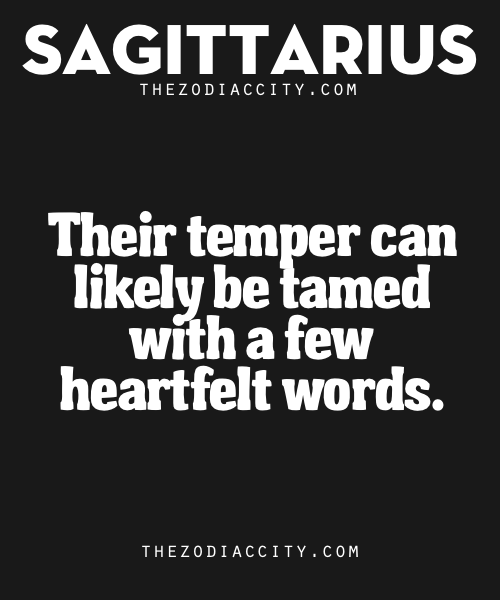
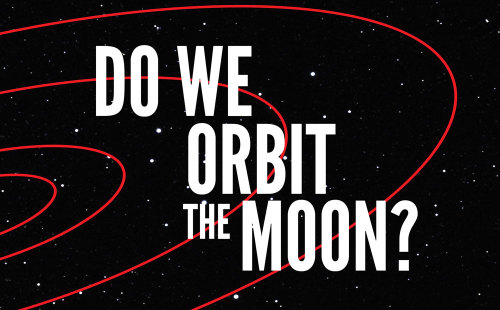



In last week’s episode of It’s Okay To Be Smart, I talked about why the moon orbits the Earth. If you haven’t watched it yet, give it a look. I’ll wait.
There’s some pretty interesting and counterintuitive astrophysics keeping the moon orbiting Earth and not getting gobbled up by the sun. But I left one thing out of that video. The moon doesn’t really orbit the Earth. Strictly speaking, the moon and the Earth orbit each other.
Just like the Earth exerts a gravitational force on the moon, the moon and its mass are “tugging” right back on us. As a result, the two bodies are actually orbiting a point in between, called the barycenter.
If you’ve ever watched pairs figure skating, you’ve seen this in action. When spinning through this move, called a “death spiral”, the two skaters are actually rotating around a barycenter in between their two centers of mass:
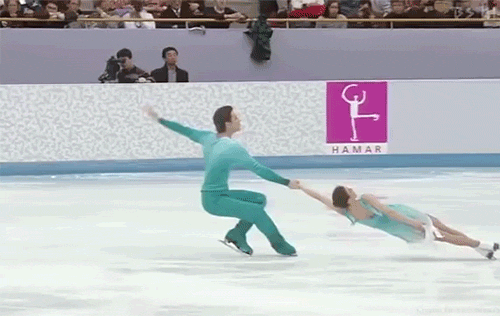
This is true of any two orbiting objects, whether it’s a pair of binary stars, a planet and its star, or a planet and its moon(s). You can think of it just like a playground see-saw, with the masses and distance between the two orbiting objects determining where the “balance” point is.
The Earth/Moon barycenter is about 1,700 km beneath the crust:
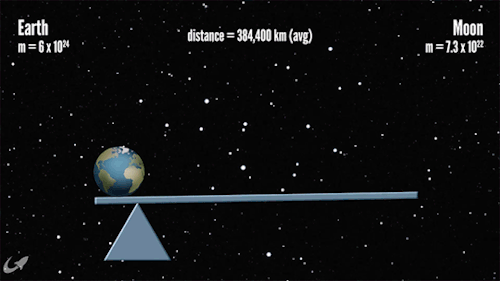
Jupiter, despite being more than five times farther from our central star than Earth is, is so massive that its barycenter lies outside of the Sun:

The Earth-Sun barycenter, on the other hand, is effectively in the center of the sun. Our mass is just peanuts compared to that of that huge burning ball of hot gas:
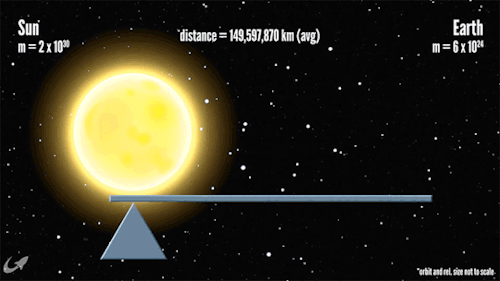
When two orbiting bodies have similar masses and are relatively close to each other, it can be tough to figure out who’s orbiting whom. This is one reason that some astronomers think Pluto and its moon Charon are more of a double-dwarf-planet system:
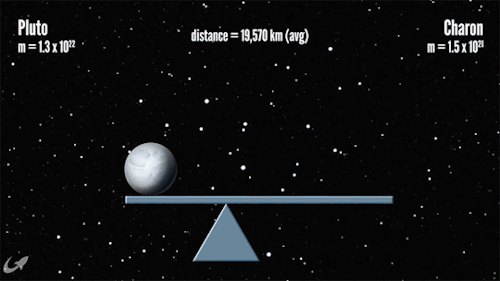
Scientists use the see-saw physics of barycenters to study planets in distant solar systems, observing these wobbly waltzes to discover planets that we can’t see with telescopes.
The dig deeper into this cool bit of astrophysics, check out this article from my friend Chris Crockett. And cue the Dead or Alive…
oh hey link what’s up little guy

you don’t look so hot. you have a headache?

well let’s take a look see
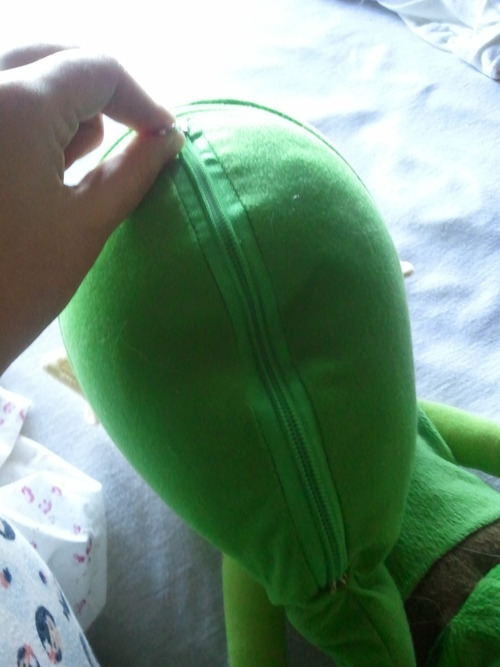
holy shit

holy SHIT
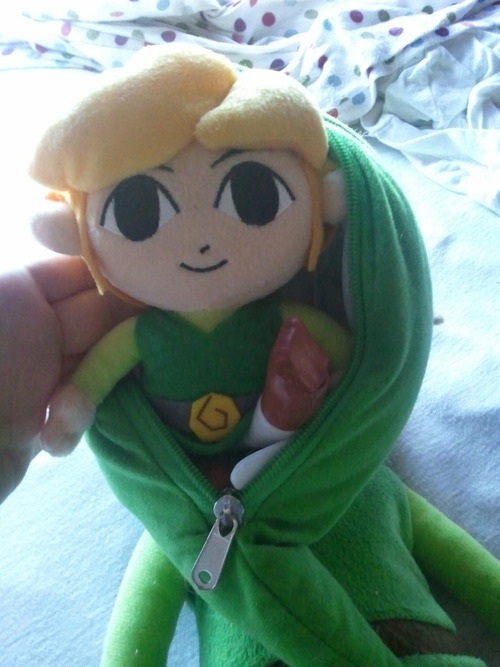
it’s a boy. omg i’m a grandma
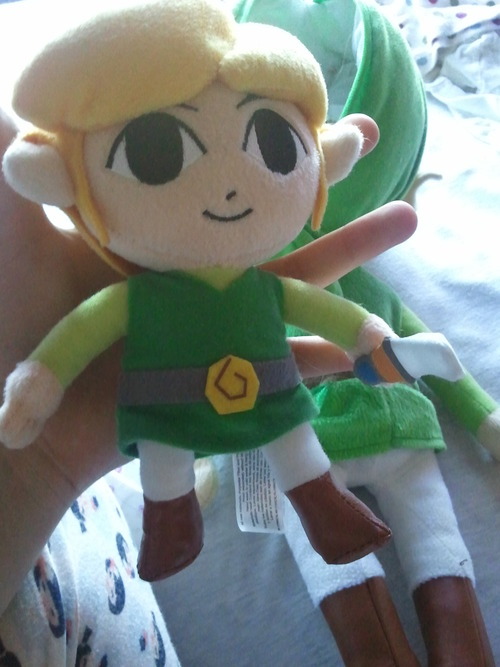
i’m so proud




2016 Mercury Transit, as seen by NASA’s SDO in 171 Angstroms.
Before Tumblr:
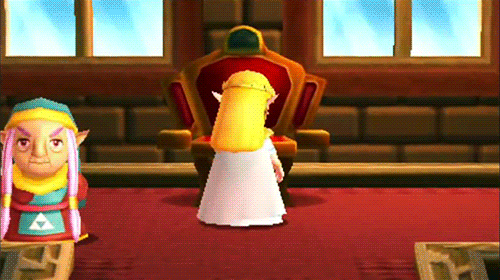
After Tumblr:
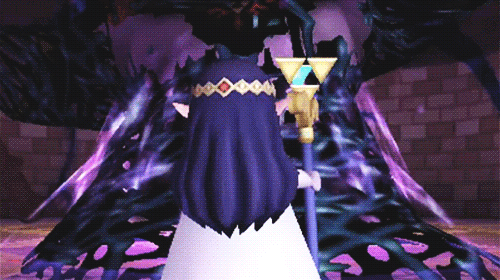
-
 wj630824 liked this · 4 years ago
wj630824 liked this · 4 years ago -
 elirah liked this · 7 years ago
elirah liked this · 7 years ago -
 dgsedgsi liked this · 7 years ago
dgsedgsi liked this · 7 years ago -
 imjstarndmstrngr reblogged this · 8 years ago
imjstarndmstrngr reblogged this · 8 years ago -
 creavorite liked this · 8 years ago
creavorite liked this · 8 years ago -
 sleepingcandy liked this · 8 years ago
sleepingcandy liked this · 8 years ago -
 xerxxxblog liked this · 8 years ago
xerxxxblog liked this · 8 years ago -
 mosmath liked this · 8 years ago
mosmath liked this · 8 years ago -
 jannricardo5 liked this · 8 years ago
jannricardo5 liked this · 8 years ago -
 raytoroboros liked this · 8 years ago
raytoroboros liked this · 8 years ago -
 control-alt-gay liked this · 8 years ago
control-alt-gay liked this · 8 years ago -
 finnsexualstyle reblogged this · 8 years ago
finnsexualstyle reblogged this · 8 years ago -
 finnsexualstyle liked this · 8 years ago
finnsexualstyle liked this · 8 years ago -
 euthyphrohes-blog reblogged this · 8 years ago
euthyphrohes-blog reblogged this · 8 years ago -
 chaosia reblogged this · 8 years ago
chaosia reblogged this · 8 years ago -
 chaosia liked this · 8 years ago
chaosia liked this · 8 years ago -
 darkkestdruug reblogged this · 8 years ago
darkkestdruug reblogged this · 8 years ago -
 rykenis liked this · 8 years ago
rykenis liked this · 8 years ago -
 jojo-ha liked this · 8 years ago
jojo-ha liked this · 8 years ago -
 abovelucky liked this · 8 years ago
abovelucky liked this · 8 years ago -
 she-has-a-submisiveside-blog liked this · 9 years ago
she-has-a-submisiveside-blog liked this · 9 years ago -
 kattzuzz liked this · 9 years ago
kattzuzz liked this · 9 years ago -
 guayguey liked this · 9 years ago
guayguey liked this · 9 years ago -
 patygalli reblogged this · 9 years ago
patygalli reblogged this · 9 years ago -
 patygalli liked this · 9 years ago
patygalli liked this · 9 years ago -
 tenigam liked this · 9 years ago
tenigam liked this · 9 years ago -
 skywalker133 liked this · 9 years ago
skywalker133 liked this · 9 years ago -
 fulgoretereo reblogged this · 9 years ago
fulgoretereo reblogged this · 9 years ago -
 brooklynimages liked this · 9 years ago
brooklynimages liked this · 9 years ago -
 katarinaelizabeta reblogged this · 9 years ago
katarinaelizabeta reblogged this · 9 years ago -
 greyinklonu reblogged this · 9 years ago
greyinklonu reblogged this · 9 years ago -
 dontmakemeturnthisuniversearound liked this · 9 years ago
dontmakemeturnthisuniversearound liked this · 9 years ago -
 dontmakemeturnthisuniversearound reblogged this · 9 years ago
dontmakemeturnthisuniversearound reblogged this · 9 years ago -
 last-light-fading reblogged this · 9 years ago
last-light-fading reblogged this · 9 years ago -
 last-light-fading liked this · 9 years ago
last-light-fading liked this · 9 years ago -
 vocatuselixir liked this · 9 years ago
vocatuselixir liked this · 9 years ago -
 aldopuga liked this · 9 years ago
aldopuga liked this · 9 years ago
Just a socially awkward college student with an interest in the celestial bodies in our universe.
279 posts